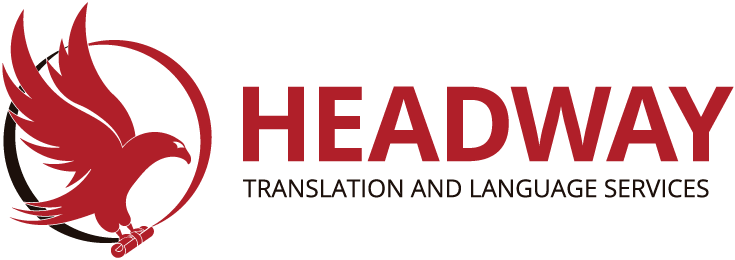REAL AGRI-TRANSLATION CASES
Real agri-food translation cases. Consequences of a professional translation
Today, I would like to talk about my experience with some agri-food translations I received between September and October 2021, as I consider them interesting cases to showcase the different translation needs that the industry may have and the differential of having a translator specialized in the subject translate them.
Agri-food translation case 1
I worked with an exporting slaughtering establishment that needed to translate their HACCP plan, their slaughter and deboning procedure, their residue and wastewater treatment, their sampling procedure and their building description. They also needed the translation of their product recall procedure, but it turned out we had previously translated it, so we were able to save translation time (and money, in their case). We had these 13 documents ready in a week. A big project of almost 20,000 words.
What did the client achieve with this translation? Not only get them closer to their target market, but also ensuring the translation of key documents that will always be readily available whenever they need to demonstrate the quality and safety of their products and their detailed production process. Unless said documents need to be reviewed and changed, they will always have them translated and ready for delivery.
Agri-food translation case 2
I worked with a food company that needed to translate the HACCP plan of a sugar company. It was a long document, of 12,000 words plus accompanying Excel files. This document explained the production process of inverted sugar syrup, the location of the critical control points in said process, and the competence of the professionals involved in the drafting of the HACCP plan.
What did the client achieve with this translation? To assess whether the HACCP plan of the sugar company matched the standards of the client’s company, so as to decide whether to choose it as their sugar supplier. This document we translated is extremely important to prepare traceability records and, of course, to learn about the process and be able to conduct a documentary audit.
Regarding the sugar company, it would have been useful (and a plus) that they would have presented their own translation, to save my client time and money. In this case, translation would have played a differential role. Even more so if a translator specialized in the agri-food industry did it.
Conclusion
If these cases are similar to yours and you need to translate your HACCP plan and any document related to agri-food production, do not hesitate to write me at sofiagalli@headwaytranslations.com to request a quote. You can visit the Headway Agro page to learn more about the different types of agri-translations I can assist you with, and the Headway Business page for information about the translation of corporate or accounting documents.


